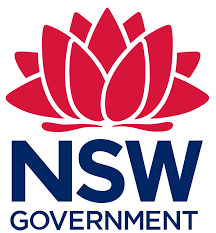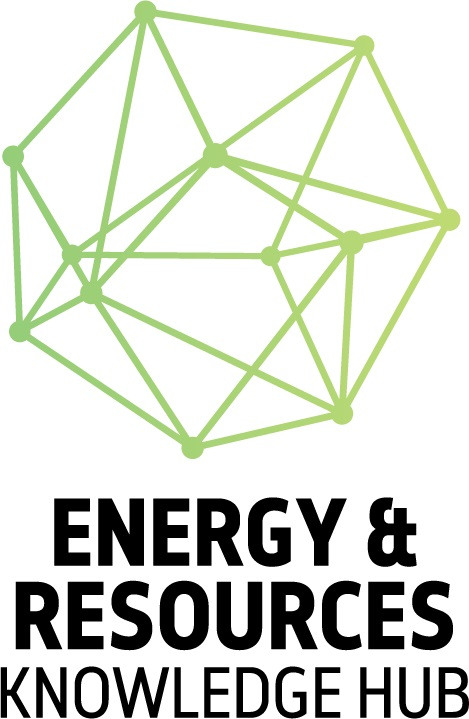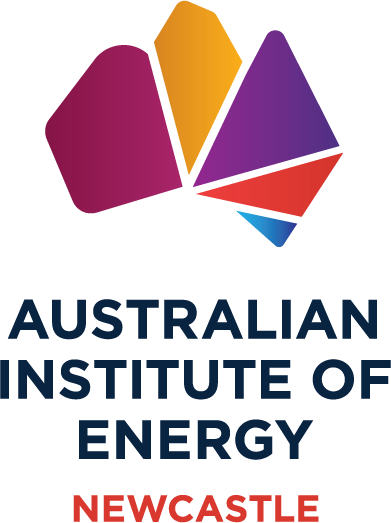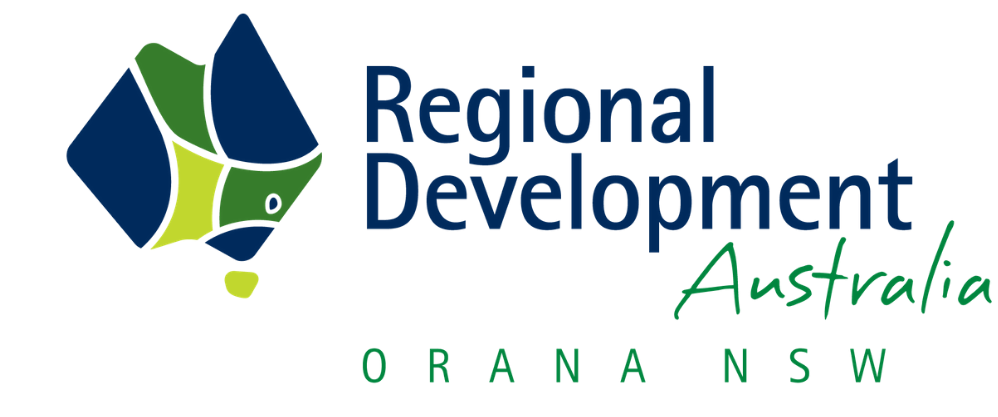Federal Government releases 2024 National Hydrogen Strategy
The updated vision aims to establish "a clean, innovative, safe and competitive hydrogen industry that benefits Australia’s communities and economy, enables our net zero transition, and positions us as a major global player."
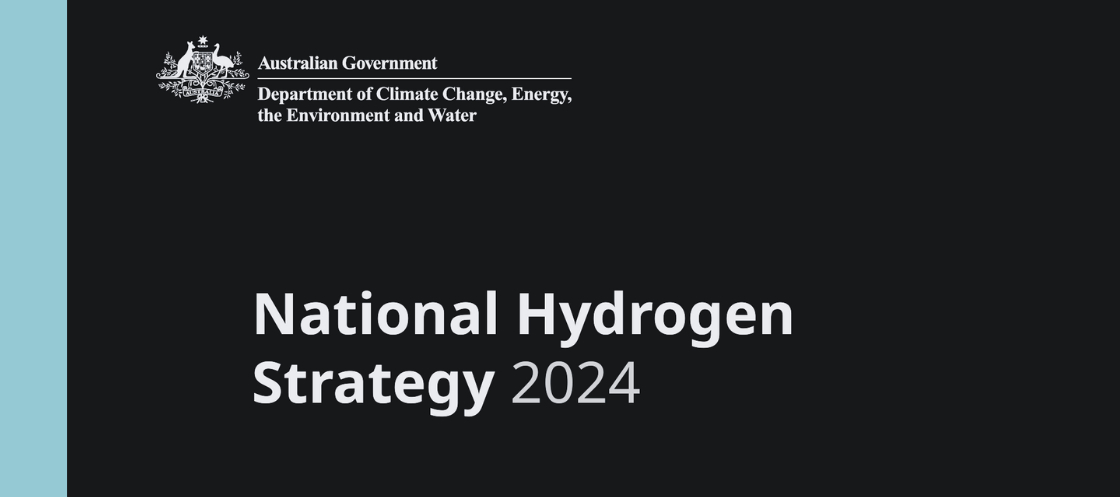
The Federal Government has released the 2024 National Hydrogen Strategy, laying out a framework to boost the country's hydrogen production, use, and export capabilities.
This new strategy positions Australia as a leader in the hydrogen industry, building on its already strong pipeline of projects. According to the International Energy Agency (IEA), Australia hosts around 20% of all announced hydrogen projects globally.
This updated strategy revises the 2019 version, incorporating changes in technologies, market conditions, and international policy shifts over the past five years. Its core focus is on scaling up hydrogen industry development.
A major part of the strategy includes production incentives from the Federal Government’s $22.7 billion Future Made in Australia plan, which was announced in the 2024-25 Federal Budget. These incentives, particularly the Hydrogen Production Tax Incentive (HPTI) and the expanded Hydrogen Headstart Program, are designed to reduce costs, encourage large-scale investment, and help bridge the cost gap for renewable hydrogen production.
The new strategy has been shaped through broad consultation with state and territory governments, as well as industry players. More than 65 stakeholders participated in face-to-face meetings, and 115 submissions were received in response to a consultation paper, helping to refine the plan.
This strategy also highlights opportunities for Australia to develop its clean energy manufacturing base and take advantage of hydrogen’s growing role in global energy supply chains.
Four key objectives, supported by 34 actions, are outlined to guide the development of Australia's hydrogen industry. The strategy aims to unlock $50 billion in private sector investment, with a goal of producing over 1 million tonnes of green hydrogen per year by 2030, and up to 15 million tonnes annually by 2050. This long-term growth plan is structured around regular reviews every five years.
Minister for Climate Change and Energy Chris Bowen commented on the strategy's impact, stating, “This Strategy sets a vision for Australia as a global leader with its clean, innovative, safe and competitive hydrogen industry."
Bowen added that the strategy sends a strong message to trading partners, indicating Australia’s readiness to become a key player in the international hydrogen market. He pointed to recent trade agreements, such as those with Germany, as evidence of the strategy's effectiveness in strengthening Australia’s export potential.
The strategy also has implications for Australia’s infrastructure planning and investment, helping to support industries like green metals and chemicals while positioning the country as a secure energy supplier to international partners.
According to Bowen, “It sends a clear signal to trading partners about the future marketplace in Australia for hydrogen and hydrogen-based fuels. We’re already seeing the benefits of this through expanded trading agreements with key partners such as Germany.”




